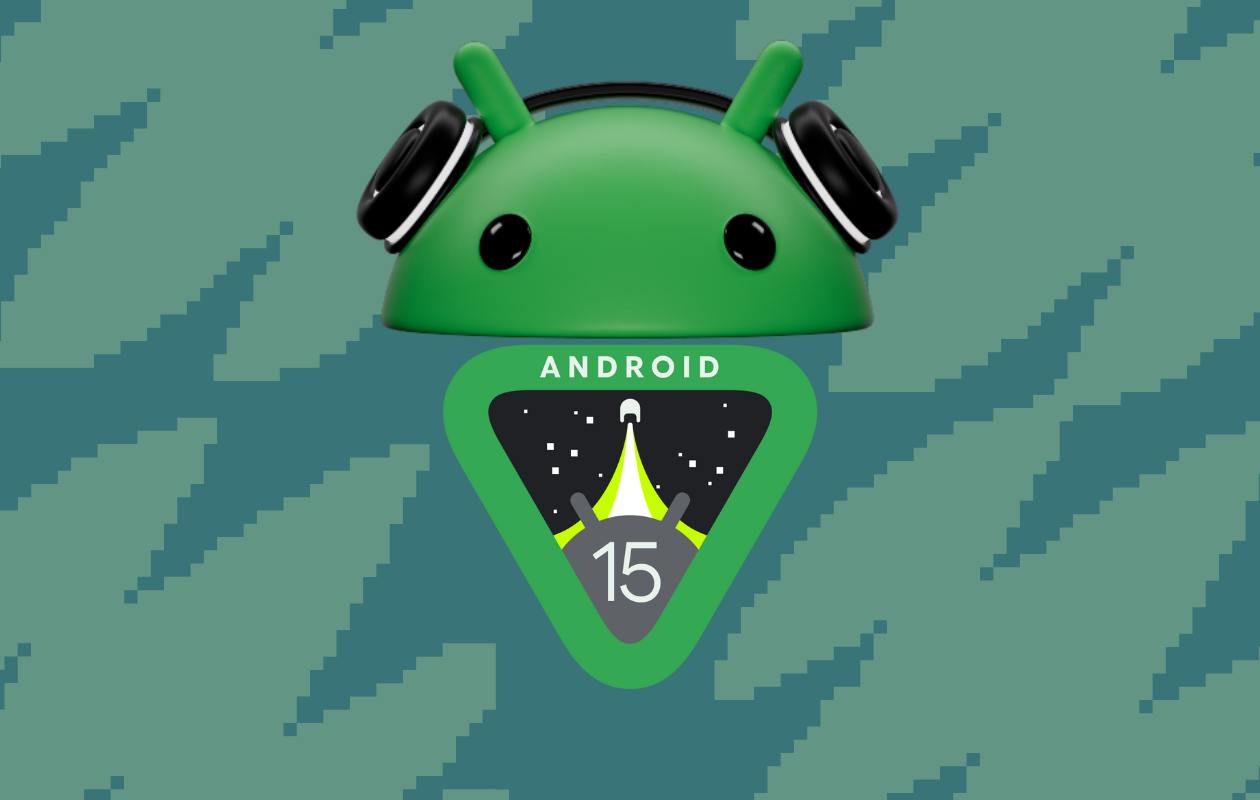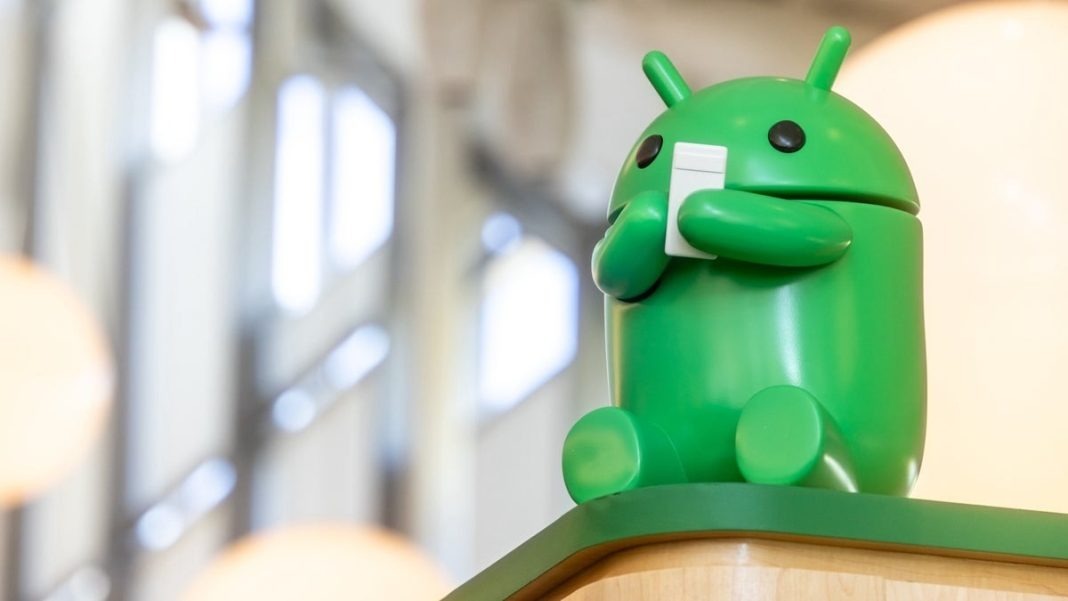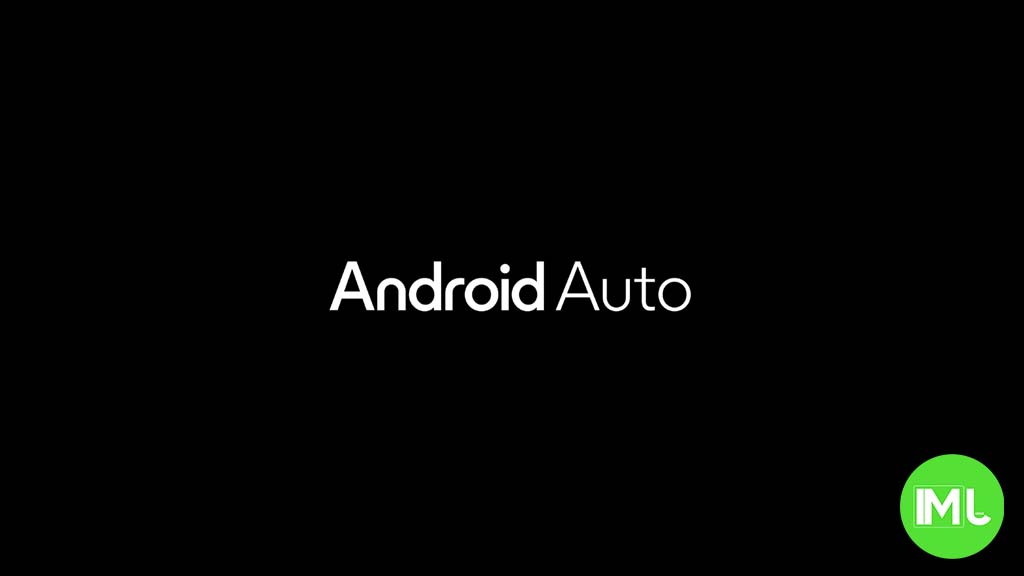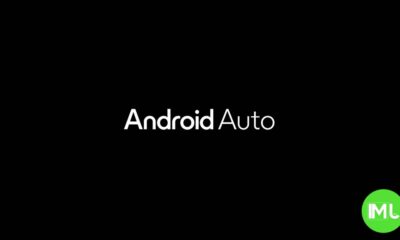Android
What’s up with the Google Pixel 10 getting three cameras?
This week, we got a sneak peek at the upcoming Pixel 10 series, and it looks a lot like what we’ve seen before. But here’s the twist: Google seems to be adding a third camera to the regular Pixel 10, not just the fancy Pro version. That’s got people scratching their heads.
Since the Pixel 6 came out in 2021, Google’s phone lineup has followed a simple pattern. The Pro model comes with three cameras, more memory, and a bigger, nicer screen. The regular Pixel keeps most of the same goodies but skips one camera to keep the price lower by a couple hundred bucks. Then there’s the A-series, an even cheaper option under $500. Over time, things have shifted a bit—there’s a Fold now, release dates have changed, and the Pro even got a smaller size while the big one became an “XL.”
The differences between the regular Pixel and the A-series can sometimes feel blurry, but the lineup has mostly made sense—until now. Leaked pictures of the Pixel 10 series popped up online this week, showing that next year’s phones will look almost the same as the Pixel 9. That’s fine, but the regular Pixel 10 is said to be getting a third camera, possibly a telephoto lens for zooming in. This is weird because that extra zoom camera has always been a big reason to pick the Pro over the regular model.
So, what’s the Pro’s edge if the regular Pixel gets this too? I’ve been thinking about it, and maybe this new camera isn’t as fancy as it sounds. People say it’s a “periscope” lens like the Pro’s, but I doubt Google would put something that good in the cheaper phone. Instead, it might be a simpler version—say, a 3x zoom instead of the Pro’s 5x, or even a basic telephoto lens that’s not a periscope at all. That way, regular Pixel 10 buyers get a nice perk without stepping on the Pro’s toes.
Google could also keep the Pro special by boosting its storage (256GB would be a smart start for all Pixels), upgrading its main camera, or adding extras like faster charging or better face unlock. Without some differences, slapping a third camera on the regular model could mess up the whole lineup. The smaller Pro’s price would look silly next to the regular Pixel, and Google can’t just drop prices to fix it. The Pixel pricing has already been a puzzle lately. Last year, we pointed out how older models cost the same as new ones, with features that don’t always match the price tags. Adding more overlap now would only make it harder for buyers to choose.
Android
Android 15 grows slowly, while Google brings new AI tools to search and creators

Google has shared the latest Android version usage numbers, showing that Android 15 is still in the early stages of adoption. As of April 2025, only 0.1% of Android devices are using Android 15. This version is currently in its beta phase, mostly available on Pixel and select partner phones. Android 14 leads the way with a 35.2% share, followed by Android 13 at 17.3% and Android 12 at 15.4%. Android 11 still holds 12.4%, showing how long older versions stick around.
Meanwhile, Google is also making changes in its AI efforts. The Gemini AI “prompt bar,” first seen in the Chrome browser, is now being tested in Google Search. This new feature lets users type or click suggestions to ask questions directly using Gemini, making search more interactive. It’s rolling out to more people gradually.
In addition to that, Google introduced Veo, a powerful video generation tool for creators. Veo can make high-quality videos from simple text prompts, using advanced AI to understand scenes, emotions, and cinematic styles. Google is currently letting select creators try Veo through a waitlist.
Together, these updates show how Google is improving both its Android platform and AI services. While Android 15 adoption is just beginning, features like the Gemini prompt bar and Veo highlight the company’s growing focus on AI to enhance user experiences across devices and tools.
Android
Pixel Watch gets better media controls, and Android tests bubble bar for phones

Google is rolling out two new updates that aim to improve the experience on Android devices, including the Pixel Watch and Android phones.
First, the Pixel Watch is getting upgraded media controls. With the new update, users can now swipe between different media apps like Spotify and YouTube Music more easily. Instead of going back and forth through menus, you can just swipe left or right to switch apps. The update also adds a shortcut to quickly launch the full media app right from the watch. This makes listening to music or podcasts much smoother and faster.
Meanwhile, Google is testing a new feature for Android phones called the “bubble bar.” This new feature is meant to replace or enhance the current taskbar and app dock. It looks like a small floating bar with app icons, similar to bubbles. Users can easily switch between apps without going back to the home screen. The bubble bar could be especially helpful for larger-screen devices like foldables or tablets, making multitasking simpler.
These updates show how Google is working to make Android more user-friendly across different devices. While the Pixel Watch update is starting to roll out now, the bubble bar is still being tested, so it may take a while before it becomes available to everyone.
Android
Android Auto weather card not working for many users

Android Auto has recently had a small but annoying problem—its weather card isn’t showing up for many users. Usually, this feature shows the current temperature and weather condition in the top corner of the dashboard, which is helpful while driving. But now, for a lot of people, it’s either missing or just showing a blank space.
Reports about this issue have been popping up on Google’s support forums and Reddit over the past week. Some users say the card disappeared after a recent Android Auto update, while others noticed it went away without any changes to their apps or settings.
What’s odd is that Google hasn’t confirmed if this is a bug or a planned change. As of now, there’s no official fix or update. Some users tried restarting their phones, clearing cache, or reinstalling the app, but these steps didn’t work for everyone.
This isn’t the first time something like this has happened. Android Auto has had similar issues with the weather card in the past, which were usually fixed through updates. Until Google releases a fix or gives more info, users will just have to wait and hope the card comes back soon.
If you’re affected, it’s a good idea to keep your app and phone updated in case a fix rolls out.
-

 Apps1 year ago
Apps1 year agoGboard Proofread feature will support selected text
-

 News1 year ago
News1 year agoSamsung USA crafting One UI 6.1.1
-

 News1 year ago
News1 year agoBreaking: Samsung Galaxy S22 may get Galaxy AI features
-

 News1 year ago
News1 year agoSamsung Galaxy S23 Ultra with One UI 6.1 and all S24 AI features revealed
-

 News1 year ago
News1 year agoOne UI 6.1 Auracast (Bluetooth LE Audio) feature coming to many Samsung phones
-

 News1 year ago
News1 year agoSatellite SOS feature coming to Google Pixel phones, evidence leaked
-

 Apps11 months ago
Apps11 months agoGoogle’s fancy new Weather app is finally available for more Android phones
-

 News1 year ago
News1 year agoGoogle Pixel evolves as Europe’s third best selling flagship








